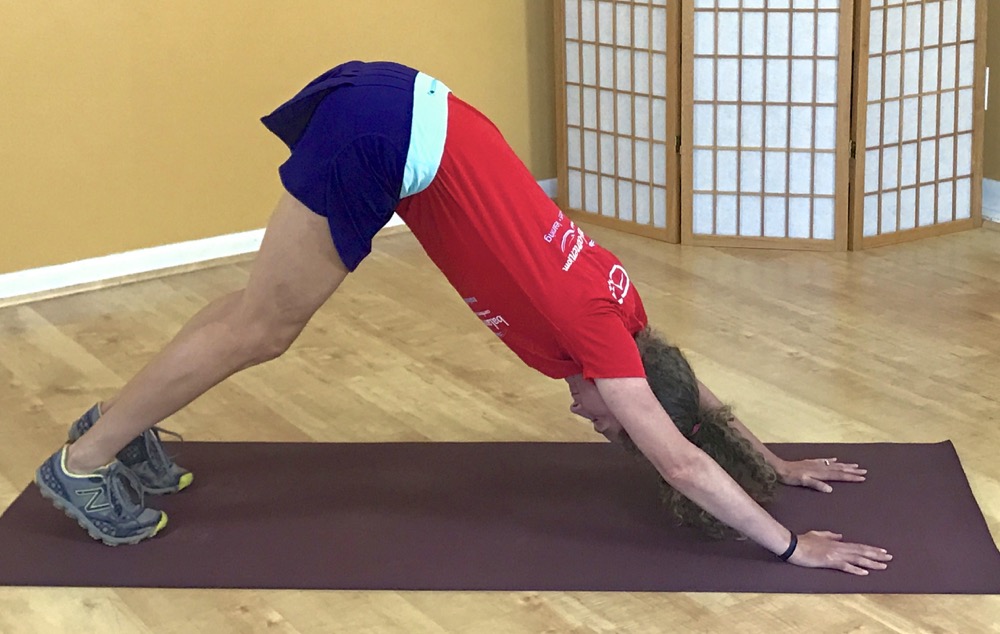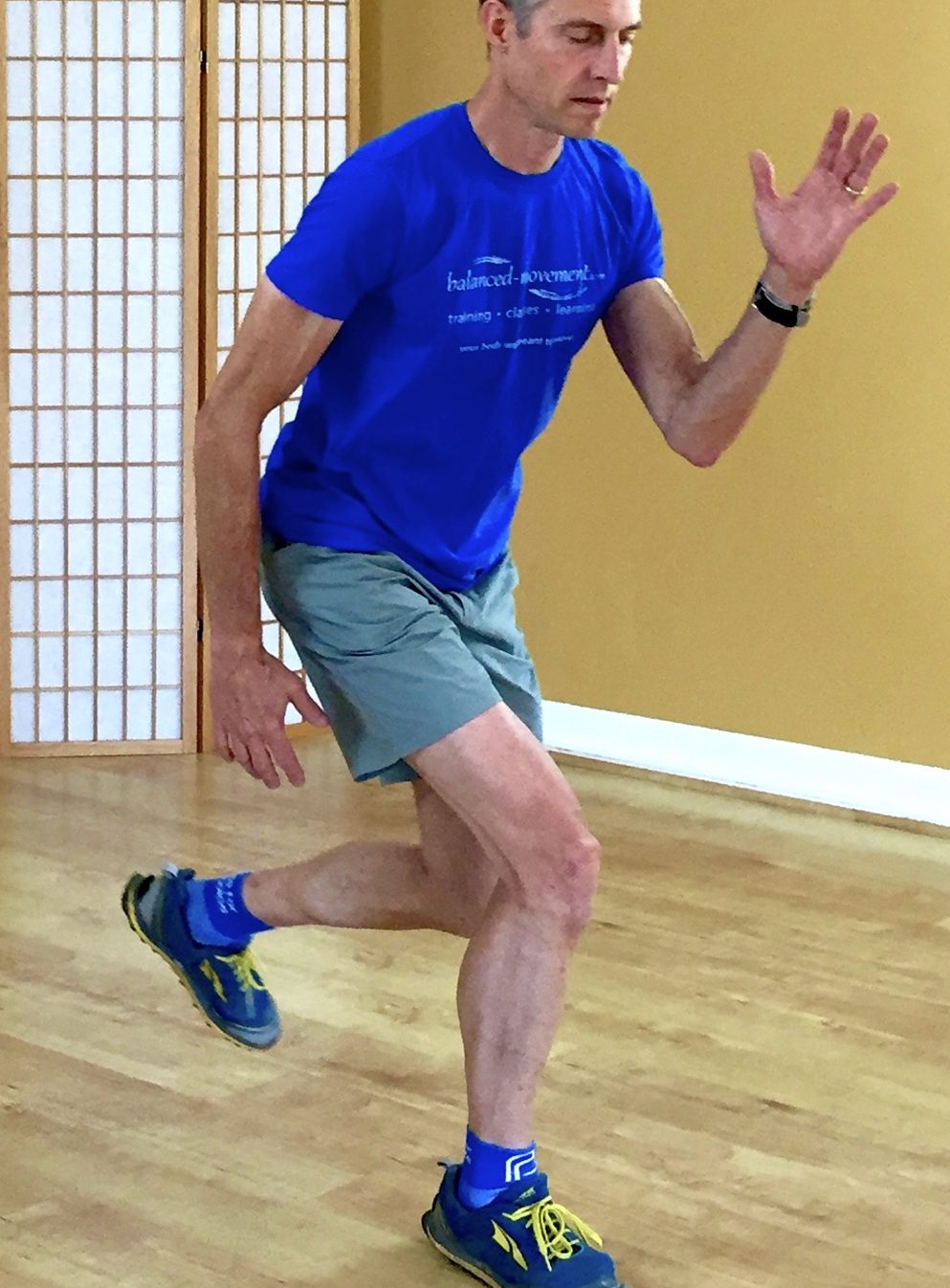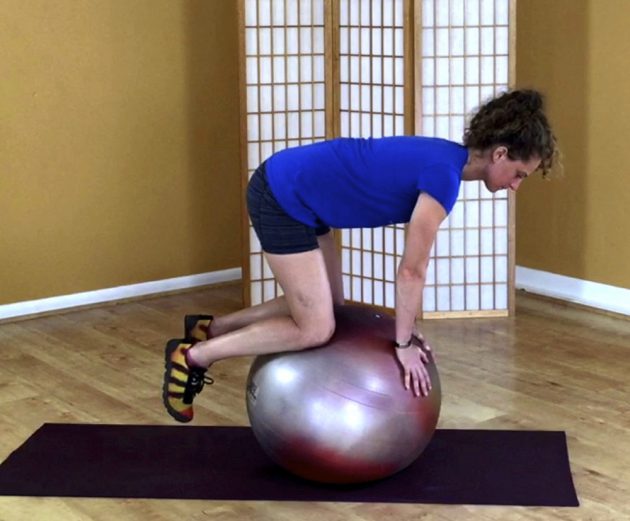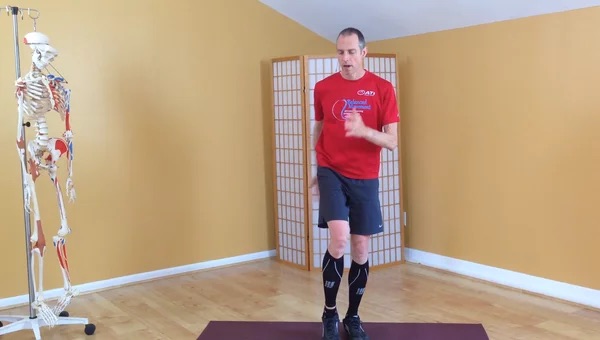Category: Training Program Coaches
-

Running Plyometric Workout
Intelligently incorporating plyometric drills into running can help build speed, efficiency and tissue durability. This workout goal is to have a smaller number of exercise reps, (we use 60 in this workout) and focus on generating maximum explosive power on each jump repetition.
-

Running Plyometric Workout
Intelligently incorporating plyometric drills into running can help build speed, efficiency and tissue durability. This workout goal is to have a smaller number of exercise reps, (we use 60 in this workout) and focus on generating maximum explosive power on each jump repetition.
-

Running Cool Down
Tightening up after a run is normal. A muscle that has no input from your nervous system is completely flaccid (this is what happens with paralysis). Running requires the body to become an efficient spring. To achieve this, the nervous system (brain) creates increased tension and set points in the muscles used for running. This…
-

Basic Biomechanics of Gait (Running and Walking) with Exercises
Basic Biomechanics of Gait (in Running and Walking)
-

The Running Core – What is It?
The core is a functional concept, not an anatomical address.
-

Gait Analysis – how to make it simple
Running gait analysis: how to make it simple
-
Fleet Feet Coaches Training
Presented 17-04-12 | Fleet Feet Corporate, Carrboro NC
-
Running Functional Anatomy Review
Key bones, muscles, and joints Critical Points Know where your hip is. There is no such thing as a ‘hip bone’. The hip is joint, it controls the positions of the leg and pelvis. There are 26 muscles cross the hip. Using the hips optimally is more complex than just: “use your glutes”. However,…
-

Basic Strength & Cross Training Exercises
Learn about the basic types strength and cross-training exercises that compliment running.
-

Quick Assessment of Aches & Pains
Experiencing aches and pains after starting or increasing an exercise program? Not sure how to proceed? A simple way to asses the situation is to simply put a finger on where you feel the discomfort, then follow these “stop light guidelines”.
